
Module 2:
Today’s Modified Marketing
Target Market [tar-get ‘ mar-ket]
A group of people that have been identified as the most likely potential customers for a product because of their shared characteristics such as age, income, and lifestyle.
Even though many of the tobacco industry’s old marketing tactics were banned in the 1990s, companies still find ways to promote their products to people. Today’s strategies include customizing advertisements, promotions, and products to attract new customers and build brand loyalty.
In Module 2, you’ll explore how the tobacco industry continues to target people by using modern strategies.
One of the biggest targets for the tobacco industry is you. As cigarettes have become less popular, companies have shifted their focus to products like vapes and nicotine pouches, making them look trendy, modern, and harmless. The goal is simple, convince people who don’t use tobacco, especially teens, to give them a try.
To Big Tobacco, young people aren’t just customers, they’re what the industry calls “replacement smokers.” As older users quit or face serious health problems, the industry counts on a new generation to take their place and keep profits flowing.
Click through each box below to see how the tobacco industry doesn’t reinvent the wheel when it comes to marketing. Instead, they cleverly updated old tactics to make them feel fresh, relatable, and appealing.
In the past, tobacco ads used athletes, doctors, and actors to make their products look safe and popular. Today, things have not changed. They still pay celebrities to promote their products, but instead of seeing advertisements in magazines, on billboards, and in Television commercials, the tobacco industry pays influencers to promote their products online. Using online platforms, influencers can make these products seem cool and normal just by showing them on their pages.
Products are marketed in these different ways:
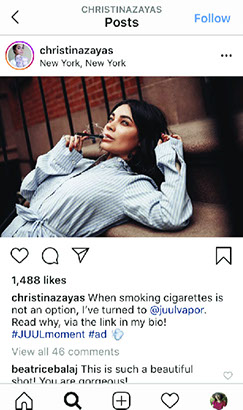
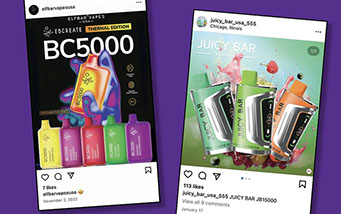
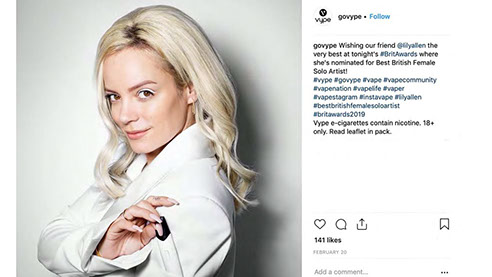
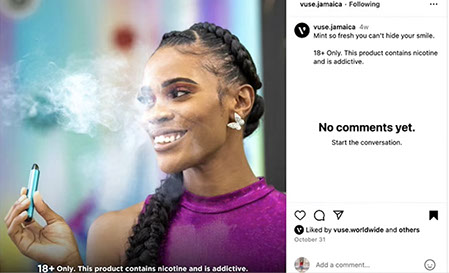
Direct promotion:
They post pictures, videos, or stories that show a brand or product. Sometimes they even add hashtags to make the search easier like #ad #vape #zyns.
Subtle content:
They mix using products with other activities like playing video games. This is a form of product placement, which means a product is visible but not something you were searching for. This makes it seem normal or a part of regular lifestyle.
Brand Ambassadors:
Some influencers work directly with companies. They post special pictures or videos to advertise a brand, but they usually don’t tell their followers they’re getting paid to do it.
A long time ago, Big Tobacco advertised products like cigarettes and cigars in newspapers, movies, and magazines. But today, they’ve found new ways to reach people, especially kids and teens. Instead of just using ads, they now connect their products to things that seem fun and exciting. This includes music festivals, sports, online gaming, and even streaming shows.
When tobacco companies sponsor events, they attach their brand to activities young people already enjoy. For example, they might pay to have their logos shown at concerts, set up booths at festivals, or hand out free merchandise. This is called experiential marketing. It’s more than just an ad, it’s meant to make you feel something, like belonging, excitement, or being part of a cool group. The goal is to make tobacco products seem like a fun lifestyle, not a serious health risk.
Sponsorship isn’t just about music or gaming. Big Tobacco also uses sports to advertise. A good example is Formula 1 racing. Even though there are rules against tobacco ads, companies still find ways to put their branding on race cars, uniforms, and even in Netflix shows about the sport. This way, they can reach people at live events, on streaming platforms, and on social media all at the same time. That’s what makes these sponsorships so powerful and dangerous for young people.
The bottom line: Big Tobacco uses sponsorships to sneak their products into spaces where young people are, making harmful products look like part of the fun.

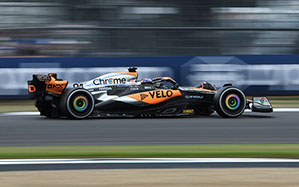
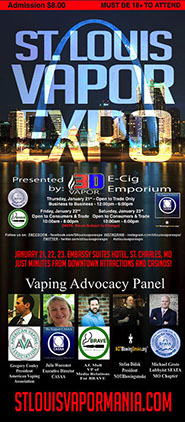
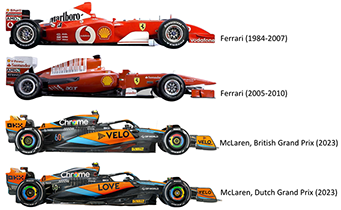
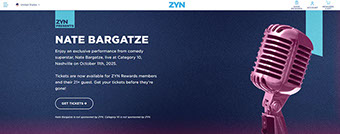
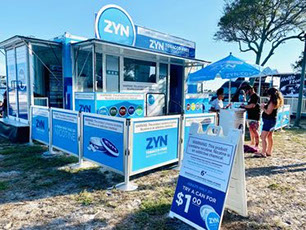
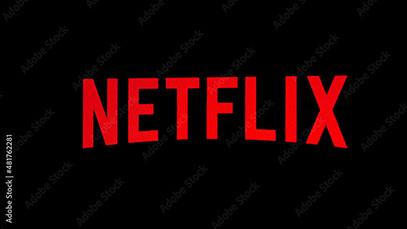
Sources: National Library of Medicine, Truth Initiative, STOP.
Big Tobacco uses platforms that are popular with teens to reach their “next generation” of buyers, even though marketing to youth is against the law. Social media influencers, often play a role in promoting or even selling tobacco products through platforms like TikTok and Instagram. Some of these posts may not look like advertisements but they still promote the use of vaping or using another tobacco product.
Another problem is how phone algorithms work. Algorithms are computer programs that decide what will show up in your feed. If someone likes or follows content that features vaping or other tobacco products, social media platforms may start automatically showing more of it, just because they liked a post, making it hard to avoid. This means just one click or follow can flood your feed with promotions.
TikTok
This platform features the “shop” which has been misused to promote vape sales. To avoid being caught, sellers bundle vapes with unrelated items like makeup brushes, phone stands, or other accessories. This makes it harder to tell what’s really being sold.
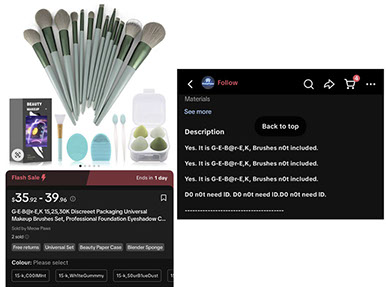
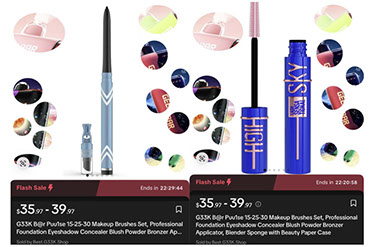
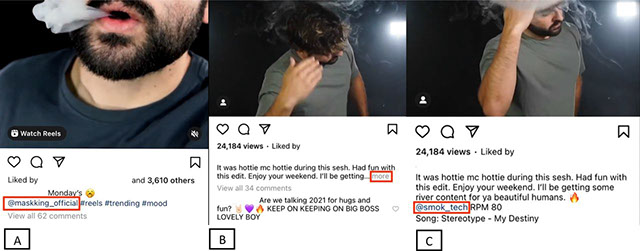
Instagram is the most popular platform young people use, which makes this a main target for the tobacco industry. By using influencers, hashtags, and reposting, they can push a lot of vape content. Once a post, story, or reel is out, it can spread fast. If one teen likes it or follows an account, their friends who follow similar people may see it too, then it keeps spreading. Some of these posts even come from influencers from other countries, but U.S. teens still see them through the use of hashtags and shared content.
How Big Tobacco Uses Social Media
Question 1: How are vape promotions hidden on social media, so they don’t look like ads?
Answer: Posts often look casual or “normal,” like part of someone’s lifestyle, instead of a clear advertisement.
Question 2: What can happen if someone likes or follows vape content?
Answer: The algorithm may start to show more vape posts making it more easily seen.
Question 3: Why do some sellers bundle vapes with other products like makeup or a phone?
Answer: This is a form of hidden vape sales which makes it harder for platforms and regulations to catch.
Question 4: How does vape content from other countries reach U.S. teens?
Answer: Posts can spread through hashtags, shares, and influencers.
Historically, Big Tobacco has used low prices, bargains, and deals to sell their products. Today, the industry uses more modern marketing strategies to sell their products, such as rewards programs. These programs give both stores and customers special benefits for selling or buying tobacco and nicotine products.
Stores
Tobacco companies offer money or discounts to store owners if they sell certain tobacco brands or place them in the best spots in the store. This point-of-sale marketing is a strategy the industry uses to make their products more noticeable to the customers in the store.
Customers
Rewards programs are extremely popular. Almost every business offers customers a rewards system. Here’s how they work, every time someone buys a product, they earn points and discounts. The more they buy, the more points they earn to use towards free rewards. This tricks people into thinking they’re saving money when really, they’re just spending more.
A good example of this is Zyn nicotine pouches. The company has a rewards program that works a lot like old tobacco promotions from the 1990s, such as “Camel Cash” or “Marlboro Miles.” With Zyn, people collect points when they buy products, then trade those points in for items like hats, speakers, or other gear. This makes the brand feel fun and rewarding, but the goal is to encourage people to buy more and use more. This is why it’s important to learn how marketing tricks can be dangerous even though they seem like a “good deal.”
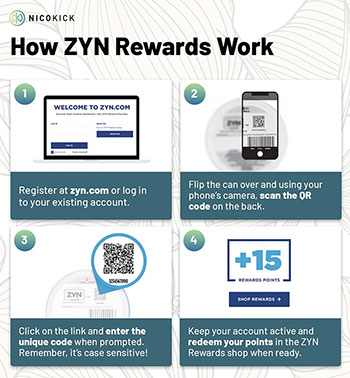
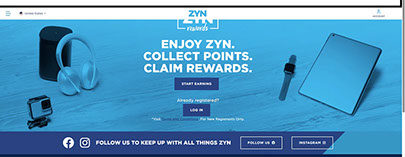
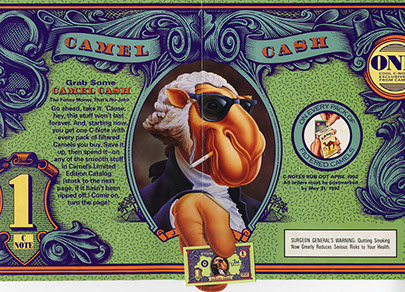
Big Tobacco knows that flavors are one of the easiest ways to hook young people. Sweet candy flavors make nicotine seem less harsh and more appealing. Especially, to teens who might be curious to start. In fact, most teens experiment with these products through flavored vapes, making flavors a kind of “starter pack” designed to get them coming back for more.
On top of that, the packaging is often bright, colorful, and eye-catching, sometimes even placed right next to candy in stores. Some flavored products are even designed to look and feel like familiar snacks, candies, or toys, making them seem fun and harmless when in reality, they’re anything but.
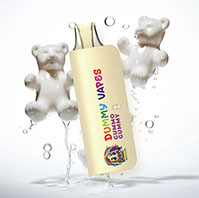
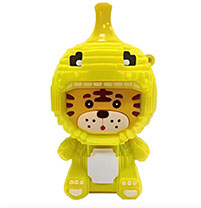
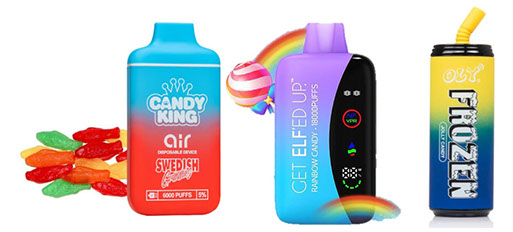
The dangerous part is these flavors are masking high levels of nicotine, and the higher the amount, the more likely teens are to become addicted. But that is the point! Big Tobacco hides nicotine addiction behind flavors.
Flavors aren’t a new trick. Years ago, tobacco companies added menthol and other flavors to cigarettes to make smoking feel smoother and seem cooler. Today, they use the same strategy in nicotine pouches, vapes, and e-cigarettes, but now there are hundreds of flavors to choose from. The goal hasn’t changed, to make a dangerous product look safe, fun, and tasty.
But here’s the truth, flavors aren’t harmless. They’re a marketing tool designed to pull in young people and keep them hooked. Behind every candy, fruit, or dessert flavor is a product designed to keep people hooked for life.
Take a look at how marketing has stayed the same:
Then: Old-School Tobacco
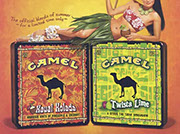

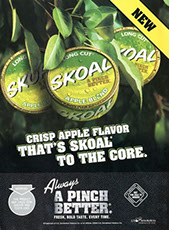
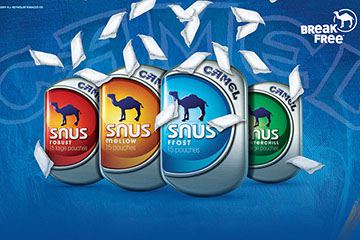
Now: Flavored vapes and pouches
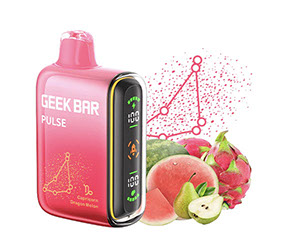
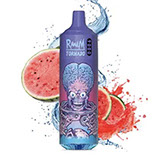
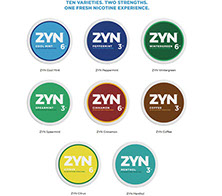
Training Module
Modules
Home
Say What! EST. 2011
Phone
512.245.8082
Mailing Address
Texas School Safety Center
ATTN: Say What Program
Texas State University
601 University Drive
San Marcos, TX 78666

Say What! was created and designed by young people from across Texas and connects students interested in eliminating tobacco from their schools and communities. The Say What! movement is funded by the Texas Department of State Health Services through a contract with the Texas School Safety Center at Texas State University.


